Travel Guide: Guayaquil
Positioned along the río Guayas(Guayas River), Guayaquil(Guayaquil) is Ecuador’s largest city and the country’s economic hub. It has many unique attractions, including the Malecón 2000(Malecón 2000) and the iguana-filled Parque Seminario (Seminary Park). In this article, we’ll tell you about the top 10 things to see and do in Guayaquil!
Questions This Article Answers
What are the top sights in Guayaquil?
How does Guayaquil differ from Quito?
What are some unique cultural experiences in Guayaquil?
What local dishes to eat in Guayaquil?
Where to get chocolate in Guayaquil?
What are the must-visit museums and parks in Guayaquil?
City Vibe
While Ecuador’s capital, Quito(Quito), is one of Latin America’s best-preserved colonial cities, Guayaquil has a much more modern feel. As the country’s biggest city and a major commercial port, Guayaquil has experienced periodic modernization efforts throughout its existence, leading to the construction of new buildings, public spaces, and infrastructure that contribute to the city's modern feel. Areas like Puerto Santa Ana(Santa Ana Port), for example, have a distinctively contemporary urban atmosphere. That said, if historic districts and older architecture is more your thing, don’t worry, Guayaquil has a bit of that too! Keep reading to discover more.
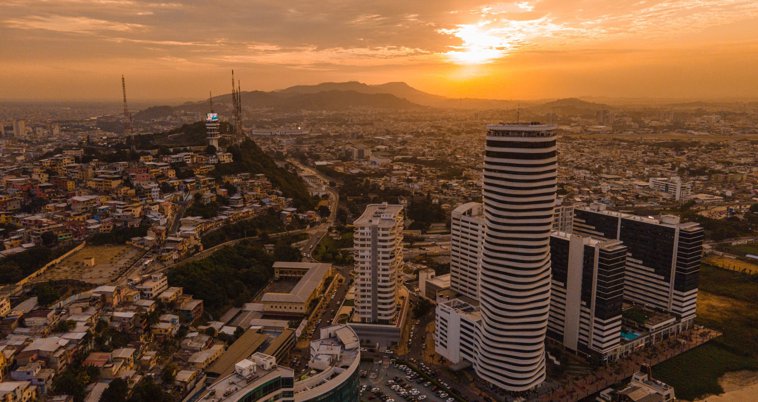
Great Fire of Guayaquil
The appearance of Guayaquil as a more modern city than its Andean counterpart is partly due to several significant fires that had a profound impact on the city's architecture and urban layout. The most devastating one was the Gran Incendio de Guayaquil(Great Fire of Guayaquil) in 1896. The fire destroyed a significant portion of Guayaquil's downtown area, leading to the loss of many older buildings and structures. In the aftermath of the fire, Guayaquil underwent extensive rebuilding, during which the city planners and architects opted for more modern designs and materials.
Weather
Due to its geography and its closeness to the Equator, Guayaquil is hot for most of the year, so remember to put on sunblock and wear a hat whenever you venture out. More importantly, though, Guayaquil is humid. Really humid. So don’t forget to stay hydrated and rest if you start feeling tired!
Top Ten Things to See in Guayaquil:
1. Malecón 2000
If you were able to do only one thing in Guayaquil, it should probably be walking along the Malecón 2000, the city's renovated waterfront boardwalk. Spanning about 2.5 kilometers along the río Guayas, the area features gardens, playgrounds, fountains, museums, and more.
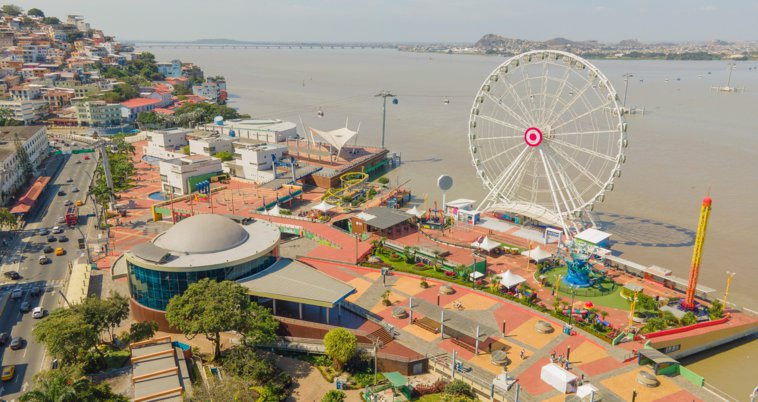 The project is also emblematic of the city’s more recent renewal efforts. Originally, the area was a relatively rundown part of the city, but in the late 1990s, a major revitalization project transformed it into a vibrant, modern riverfront promenade, which was completed in the year 2000.
The project is also emblematic of the city’s more recent renewal efforts. Originally, the area was a relatively rundown part of the city, but in the late 1990s, a major revitalization project transformed it into a vibrant, modern riverfront promenade, which was completed in the year 2000.
Here are just a few of the things you’ll find at the Malecón:
2. Parque Seminario
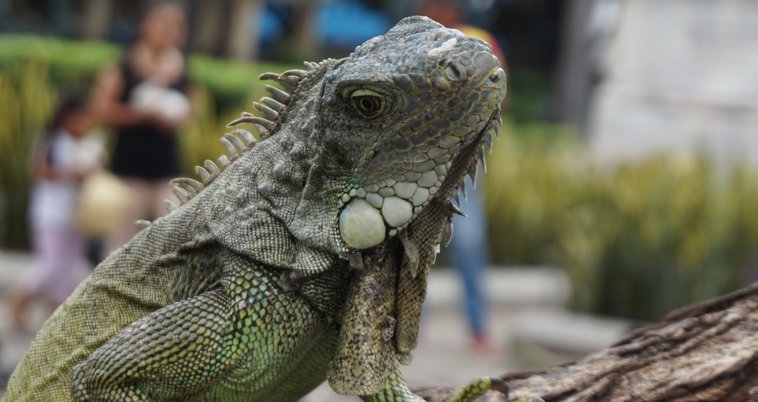 Also known as Parque de las Iguanas(Iguanas Park), the Parque Seminario is famous for its resident green iguanas. There are hundreds of them! They freely roam the area, lounging in the trees, sunbathing on the lawns, and occasionally interacting with the visitors.
Also known as Parque de las Iguanas(Iguanas Park), the Parque Seminario is famous for its resident green iguanas. There are hundreds of them! They freely roam the area, lounging in the trees, sunbathing on the lawns, and occasionally interacting with the visitors.
The park itself is a small, well-maintained space featuring manicured gardens, a pond, and walking paths. In addition to the iguanas, it also features a statue of Simón Bolívar(Simón Bolívar) and a small chapel and is surrounded by notable buildings, including the Guayaquil Catedral Metropolitana(Metropolitan Cathedral of Guayaquil).
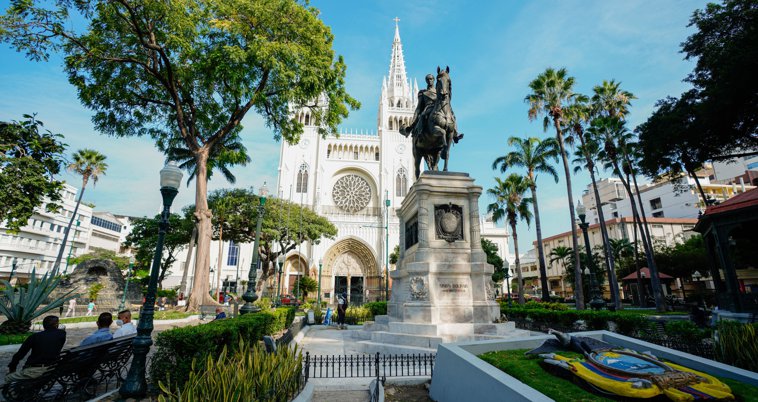
3. Las Peñas Neighborhood
Located at the foothills of the Cerro Santa Ana(Santa Ana Hill), at 400 years old, Las Peñas(Las Peñas) is the oldest neighborhood in Guayaquil. A popular area, it’s known for its colorful houses and bohemian atmosphere.

4. Cerro Santa Ana
For panoramic views of the city and the Guayas River, climb up the steps (There are 444 in total.) to the top of Cerro Santa Ana. Along the way, enjoy cafes and art galleries. Visit the faro(lighthouse) at the summit for a breathtaking 360-degree view of Guayaquil.
5. Santa Ana Port
Located near the Malecón 2000, Puerto Santa Ana(Santa Ana Port) is an upscale area featuring contemporary architecture, luxury apartments, offices, shops, restaurants, and bars.
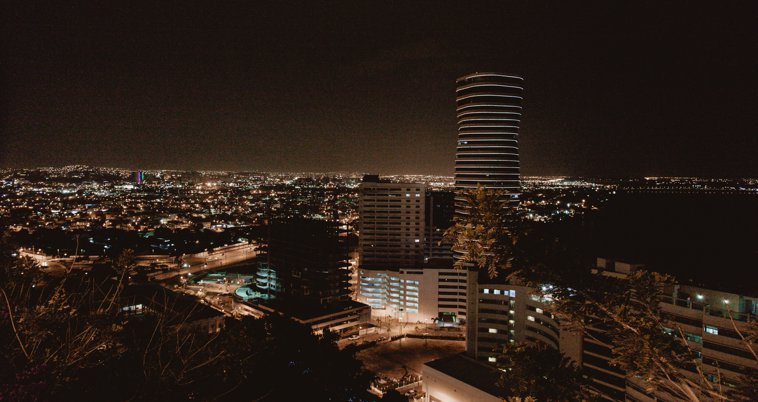
6. El Salado Boardwalk
While El Malecón 2000 is the most famous river walkway in Guayaquil, it isn’t the only one. El Malecón del Salado(El Salado Boardwalk) was finished a few years after its more famous cousin and is situated along the Estero Salado(Salado Estuary), a tidal estuary that runs through the city. It has a more laid-back and locally focused vibe than the more tourist-oriented El Malecón 2000.
The walkway has a lot of recreational areas and dining options. Be sure to check out the Fuente Monumental de Aguas Danzantes(Monumental Dancing Water Fountain), which features colorful light and water shows, often synchronized with music.
Another highlight of this area is the Mercado de Mariscos(Seafood Market), where visitors can find a wide variety of fresh seafood. It's a great place to experience local flavors and culinary traditions, especially if you enjoy seafood.
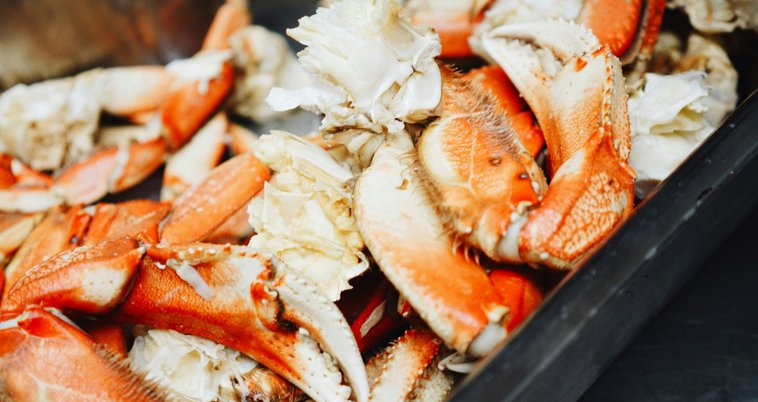 Speaking of food, here are few local dishes you should try when you visit Guayaquil:
Speaking of food, here are few local dishes you should try when you visit Guayaquil:
7. Guayaquil Artisanal Market
For authentic Ecuadorian crafts and souvenirs, visit the Mercado Artesanal Guayaquil(Guayaquil Artisanal Market). Located in the city center, it's a popular spot for tourists to find authentic souvenirs and support local artisans.
8. Guayaquil Historical Park
Experience Ecuador's history and biodiversity at Parque Histórico Guayaquil(Guayaquil Historical Park). This park combines a wildlife sanctuary, a historical area with restored buildings, and a cultural zone, all in one location.
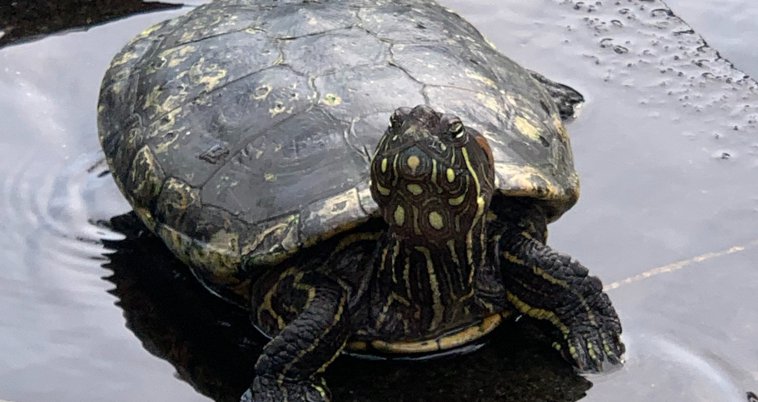 The wildlife zone, where you can see a variety of animals native to Ecuador, including aves(birds), monos(monkeys), and reptiles(reptiles), is particularly popular. The historical zone features a collection of restored buildings from the late 19th and early 20th centuries that were relocated to the park to preserve them.
The wildlife zone, where you can see a variety of animals native to Ecuador, including aves(birds), monos(monkeys), and reptiles(reptiles), is particularly popular. The historical zone features a collection of restored buildings from the late 19th and early 20th centuries that were relocated to the park to preserve them.
9. Cacao Farm Tour
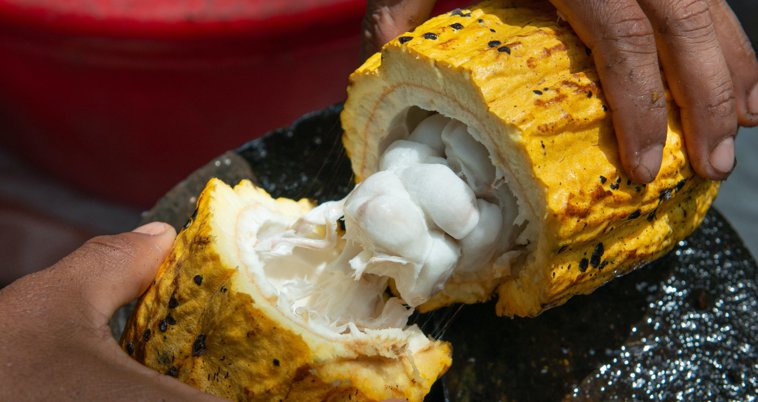 One thing you should do while visiting Guayaquil is go on a cacao farm tour. Ecuador is known for producing some of the finest cacao in the world, including the renowned Arriba Nacional(Arriba Nacional). In these tours, visitors often get to walk through cacao plantations, see the various stages of cacao processing, and sometimes even participate in the chocolate-making process.
One thing you should do while visiting Guayaquil is go on a cacao farm tour. Ecuador is known for producing some of the finest cacao in the world, including the renowned Arriba Nacional(Arriba Nacional). In these tours, visitors often get to walk through cacao plantations, see the various stages of cacao processing, and sometimes even participate in the chocolate-making process.
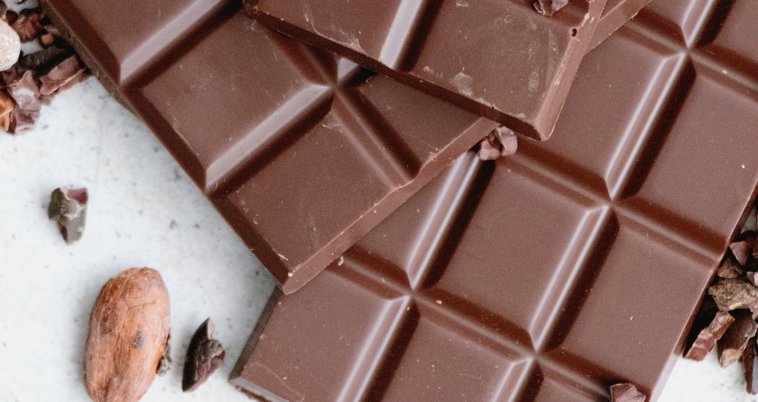 Don't have enough time? Don't worry! You can also visit the Museo del Cacao(Cacao Museum) for a mouthwatering educational tour where you'll learn about the history of cacao production in Ecuador. And if you're simply looking for a taste of Ecuadorian chocolate, you can walk over to the República del Cacao(literally, Cacao Republic) store, one of the many chocolate shops in the city.
Don't have enough time? Don't worry! You can also visit the Museo del Cacao(Cacao Museum) for a mouthwatering educational tour where you'll learn about the history of cacao production in Ecuador. And if you're simply looking for a taste of Ecuadorian chocolate, you can walk over to the República del Cacao(literally, Cacao Republic) store, one of the many chocolate shops in the city.
10. Santay Island
A natural escape within the city, Isla Santay(Santay Island) is accessible via a pedestrian bridge. This ecological reserve is home to a diverse range of flora and fauna, including cocodrilos(crocodiles) and manglares(mangroves). The island is also known for its small community that practices sustainable living.
Enjoy Your Trip!
Enjoy discovering the vibrant city of Guayaquil. ¡Buen viaje!(Have a great trip!)
Got the itch to travel? Check out the following articles to get more ideas for your next trip to the Spanish-speaking world:














